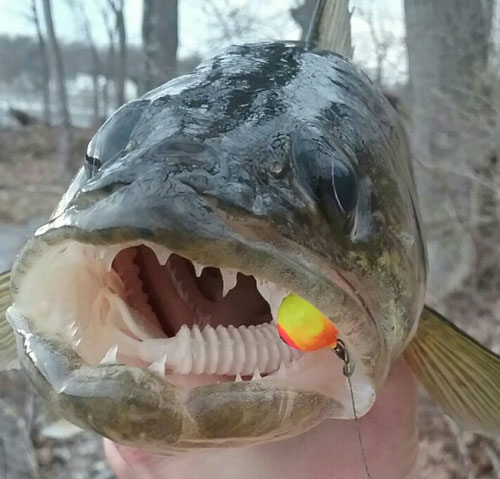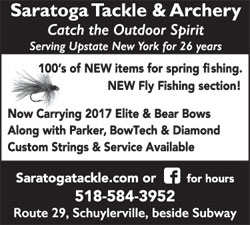
There’s nothing I love more than turning the page from April to May. The long 6-week period is over, and now its game on! I will share a few or my favorite presentations I like to use in the spring/early summer and give you some insight on where to go. Weather will be the key factor controlling all other variables and conditions this time of year when targeting walleye. What this means is that the fish could either be in a transitional spring to summer phase, or more of a post spawn phase. You will need to watch water temps and weather trends, this will decide where to go and what techniques to use.
During the summer months, the fish have stability. The thermocline sets up, weed growth is at its peak and temperatures are fairly consistent. The fish settle into certain areas and become quite predictable. What makes spring walleye fishing tricky is the transitional time period in between the spawn and the summer months. The water temps are creeping up daily, weed growth is emerging and the fish have recently finished spawning. The ecosystem is changing rapidly. Schools of walleye will be on the move, looking for food and warm water.
Let’s talk rivers. Regarded as the “most overlooked fishing in America” rivers hold tons of fish that don’t get a ton of attention. The Mohawk and Hudson Rivers both have good populations of walleye. All the locks and spillways just about anywhere on either one of these rivers will hold spring walleye. Walleye naturally run upstream to spawn and they will slowly redistribute back downstream after doing so. I have had good luck fishing these areas as well as shallow rocky banks in close proximity. My top picks for river baits are made by BfishN tackle (customjigs.com). These are custom plastics that are made specifically for river fishing. The moxi minnow and the pulse r paddle tail are my two favorites. They are designed to throw off a thumping vibration at slow speeds that no other swim bait out there can produce. Try the chartreuse orange core and white colors with the precision H2O jig head and you will be impressed. These are great for working rip-rap shorelines and current seams. Methodically fish pools and current breaks near the dam where hungry fish will be waiting to ambush bait. I use as heavy a jig as I can get away with to keep in contact with bottom, but also light enough to keep snags to a minimum. Usually a 3/16 or 1/4 ounce jig will do the trick. Don’t be afraid to throw into the nasty stuff! If you are going home with the same amount of jigs as you came with then you’re probably missing out on potential bites.


If water temps warm into the upper 60s you will find fish in summer transition. This meaning they will start to show up on main lake structure. I love searching and fishing structure with my Humminbird Helix-7. Look for steep breaks, points and humps in the 15 to 25ft range and fish them with worm harnesses or crank baits. Pay attention bottom composition changes as fish will often hold on the edges. The biggest mistake anglers make in here is not spending enough time finding fish. I will take an hour or two sometimes to find exactly what I’m looking for. You will usually mark them quite well, and often time blobs of bait or bugs will be there in conjunction with the walleye. Look for long thin “arcs” hugging bottom.
If it has been a cool spring you may find fish up shallower, especially on windy or sunny days. It’s not uncommon to find them on shallow sandy/rocky flats soaking up the sun. If the water is in the low 60s this may be the case. Try pitching jigs onto wind-blown structure or trolling diving crankbaits off planer boards. You will have to move around. May is all about staying mobile and paying attention to the immediate weather conditions.

Saratoga Lake has a great walleye population and stocking program. There are so many species sharing the shallows this time of year that it can be frustrating when targeting walleye. You will catch plenty of bass, pickerel and occasional pan fish and you will have to pick your way through to find pods of walleye. Again, don’t get stuck in a spot for too long. Pay close attention to emerging weed growth and look for warm water. A variety of baits can be fished this time of year. Crankbaits, swim baits, buck tails and live bait will all be good options. Pay attention to any rocky structure and steep breaks on the edges of flats headed out to deeper water. I love the new spot-lock feature on my Minn Kota I-pilot. This GPS anchoring technology will literally keep you on a spot, plus or minus a couple feet.
Good luck out there walleye anglers. These fish keep us wondering and keep us on our toes. When we think we have them figured out, they move. They bite like crazy one day and lock it down the next. Every day is a new day on the walleye water, so stay mobile, watch the conditions and carry a loaded boat!

